Buddleia Removal & Control

The overview
Common Name: Buddleja
Latin name: Buddleja davidii
In Detail
Buddleja or as it is often spelt Buddleia is often referred to as the Butterfly bush because, as the name suggests of its attractiveness to butterflies. It is a much favoured popular species for garden plant.
Many plants have managed to escape gardens and colonise open ground and can self-sow on waste ground and old masonry.
Buddleja is thought to be a native plant to China but is also native to other climates in the world such as Africa.
The plant was named after Botanist Reverend Adam Buddle, who first introduced in England. The plant was named in his honour after his death in 1715.
Buddleja is found around the UK and can commonly be seen along railways, growing from old masonry structures such as bridges and derelict sites. The plant is now undergoing a reputation reconstruction, as is now considered invasive in the UK, New Zealand and Australia.
Buddleja occurs in open and disturbed sites like railways, building sites, walls, cliffs, wastelands and ruins. It produces small seeds that are easily distributed. The seeds fall within a few metres of the parent plant and can be transported by:
- Vehicles, particularly along roads and railways
- Wind
- Animals
- Water currents
- Movement of contaminated soil
- Poor management strategies
Seeds remain dormant in the soil for several years and will germinate when conditions are favourable.
Who we help
We have a long track record of managing some of the most complex sites in the country and have worked with the Environment Agency on several large flood alleviation projects, as well as providing advice to the majority of house builders and developers in the UK.
Click here to view who we help

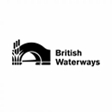





What’s the problem?
- Causes damage to hard surfaces
- Invasive
- Rapid growth/spread
- Difficult to eradicate seed bank – can take years
- Erosion of riverbanks
- Impedes growth of other species
- 3 million seeds per annum
- Will colonise a new area within two years of seeding
What are the legal implications? *England
- There are currently no legal obligations
Identification
- Shrub between 1 and 5 metres in height.
- There are over 100 species most of which are shrubs; the largest of species can reach over 30 m tall.
- Foliage semi-erect and falling.
- Large oval leaves.
- Flowers white to crimson depending on variety.
- Flowers July to October.
Buddleja or buddleia?
The naming of Buddleja can cause some perplexity due to the different spelling. It is thought that this is because there is some confusion over the botanic name. The spelling of ‘Buddle’ in botanical Latin would be ‘Buddleia’. However, the Botanist Linnaeus wrote it down as ‘Buddelja’. Today the spelling ‘Buddleja’ seems to be the preferred option.
Control method
Usually, the most effective method of treatment is to directly inject/plug herbicide into the plant. Care must be taken when treating plants that are emerging from existing masonry and structures.
If you have concerns over Buddleja on your land, if you are unsure of your legal responsibilities, or, if you would like a quotation for control, please contact one of our specialist surveyors. Treatment costs start from £380.00 + VAT.
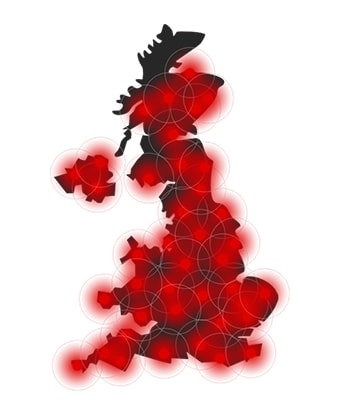
Where we have worked
We operate nationwide with a Rapid Response Team on standby 7 days a week, to deal with the most urgent client enquiries.
We’re a dedicated team of professionals who share a great deal of experience. We invest heavily in the continual training of all our employees, ensuring you always have a highly qualified team working on your project with the latest industry accreditations.
Our process

1. Identify
Our first step is to identify if you have an invasive plant. For a quick ID, you can send us some photos. Alternatively, we can carry out a full site survey to confirm the extent of the infestation.

2. Solution
We will provide a range of treatment options individually tailored depending on your site requirements.
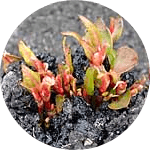
3. Quote
A detailed breakdown of costs for each phase of treatment will be provided, including on-going monitoring programmes with insurance backed guarantees.
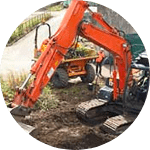
4. Removal
Our experienced and professional in-house teams will carry out the treatment to the highest of standards to achieve full eradication. All works are carried out in accordance with the INNSA Code of Practice.
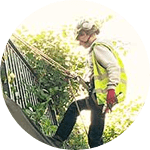
5. Treatment
A range of treatment solutions are available, from in-situ herbicide application to excavation and removal or burial. All carried out in-house by our experienced team.

